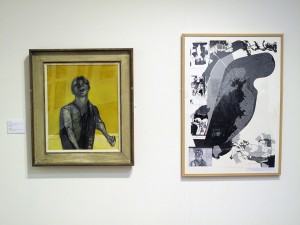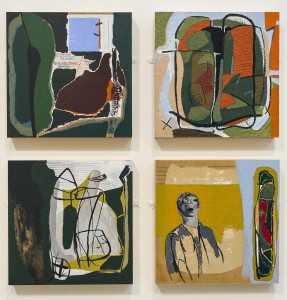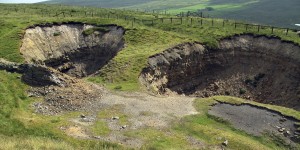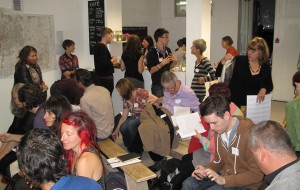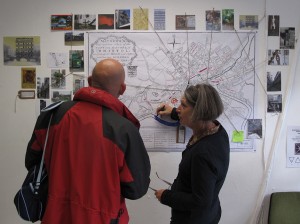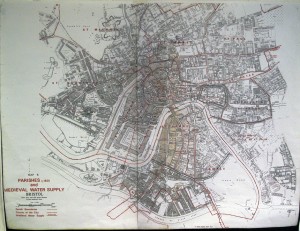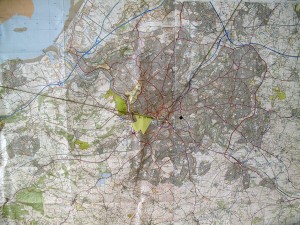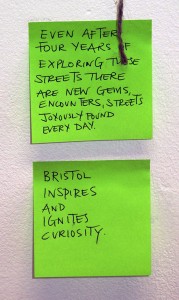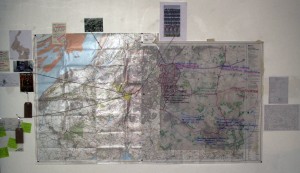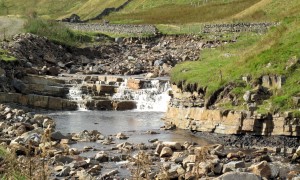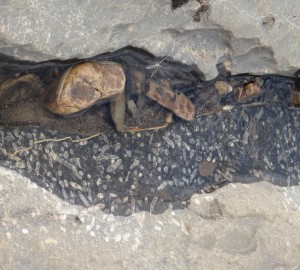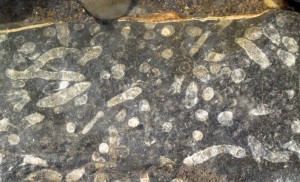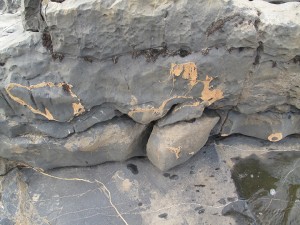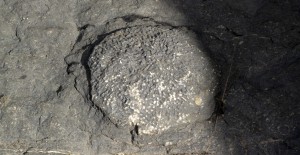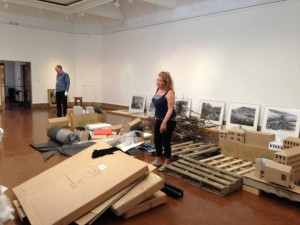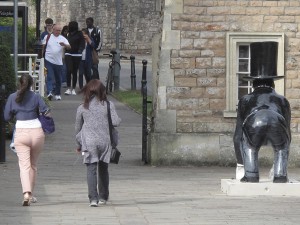Recently we had a sudden and brief eruption of fungal growth resulting a a ragged version of a ‘fairy ring’ in the old graveyard in Clifton – new life from old. I’ve had the no doubt extensive mycelial mesh beneath these strange fruit on my mind since I took this photograph. This image has now become linked in my mind with the fact that I have just returned from three days of animated conversation and warm hospitality in Ireland, during which time I stayed with two artists with whom I’ve been working who are each part of wider mycelial networks of their own. These two were Cathy Fitzgerald (http://www.cathyfitzgerald.ie) who I stayed with at her home in the middle of Hollywood – now officially on the map, as Cathy proudly showed me – and Pauline O’Connell (http://paulineoconnell.com), along with Eamon Colman and their son Ruben in Kilkenny.
I was in Ireland for a number of different but finally linked reasons, the most fundamental of which was my continuing search to find, listen to, and establish links with creative people of all kinds who are open to working for the development of a multi-constituency thinking. A thinking that, following conversations with Antony Lyons, I’ve come to think of as ‘mycelial’ in its approach to building connectivity and the potential for active community. The trip was very productive in that I think there is an understanding of the importance of cultural engagement with rural issues in Ireland that chimes very closely with my own concerns. I sense this as part of a shifting pattern of energies that, like Eamon Colman’s paintings, brings a sense of occasional joy despite the general gloom.
Of course this can be misconstrued – I’m not interested in the rural as something ‘other’ set over against the urban – but because I think our deepening ecological problems are most visible there – sometimes starkly so. These are problems that can only be addressed ecosophically, that’s to say as at once environmental, social and personal, each level of activity shifting in response to the other. Fortunately there seem to be a growing number of people willing and able to sense and respond to the demands of these shifting forces.
Before I went to Ireland I had been working with an international group who are thinking about problems of coastal flooding and all that involves. The project – a series of Between The Tides workshops – was organised by Owain Jones, Antony Lyons and Bettina van Hoven and has enabled me to start to think about possible future work in that area and to open up links with ongoing research that relates to the deep mapping project I was responsible for in Cornwall.
The image below is of Bettina van Hoven and my old friend Simon Read, who has been working tirelessly on environmental issues around coastal erosion and the protection of salt marsh over many years. The photograph was taken down on the levels below Brean Down.
